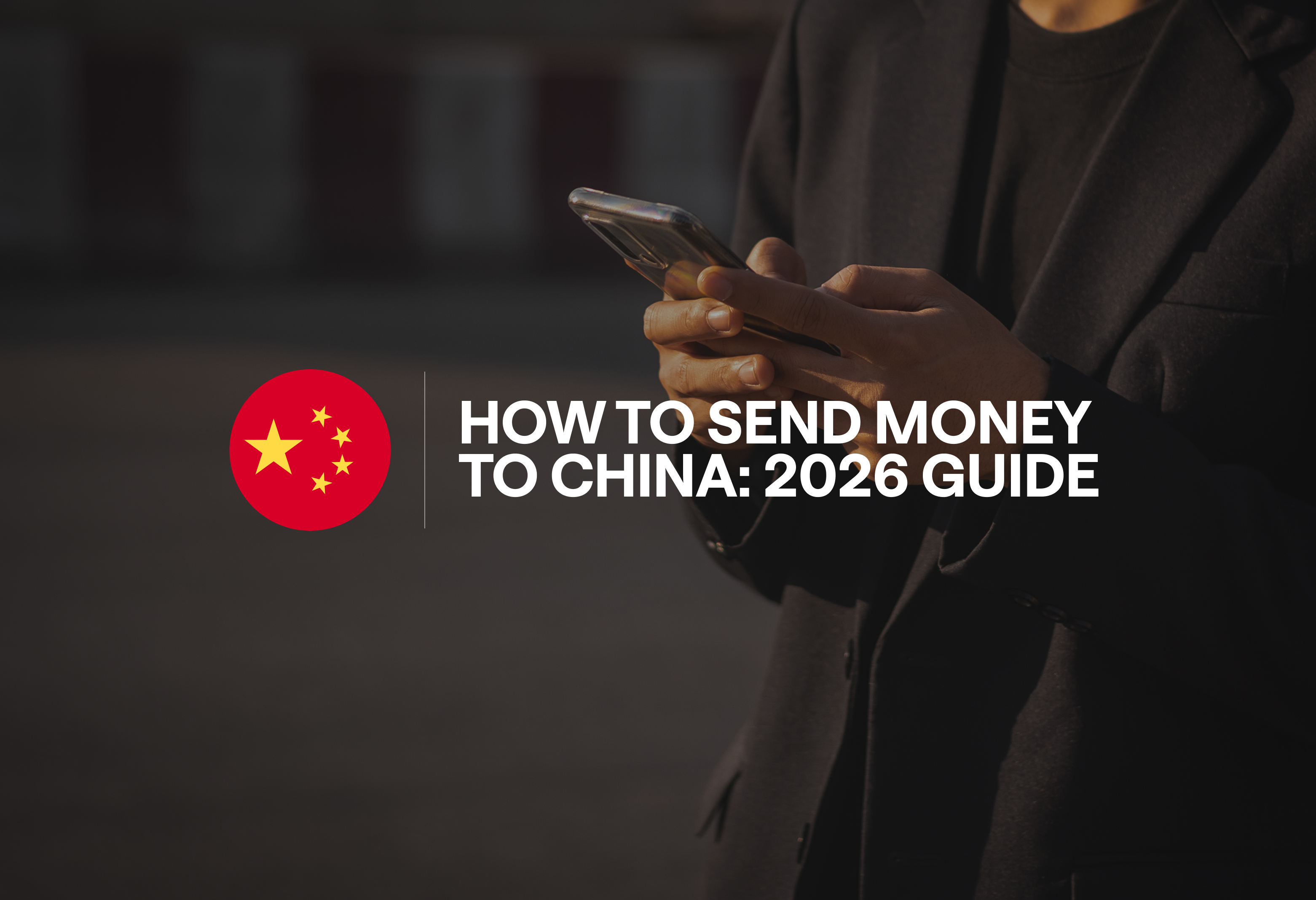
Pix Payments: How to Transfer Money to and within Brazil
Since the Central Bank of Brazil launched Pix on 16 November 2020, the instant‑payment platform has transformed the country’s financial system. By 2023, the system had handled 42 billion transactions and had become Brazil’s most popular digital payment method. Pix enables real‑time transfers 24/7, making it attractive for everything from peer‑to‑peer payments to e‑commerce.
At Due, our focus is on making cross-border payments as effortless as sending a local transfer. Today, we connect more than 50 international corridors, linking Brazil with markets in North America, Europe, and beyond. In this guide, we’ll break down how Pix works in Brazil, what you can expect when using it to move money across borders, and why our approach delivers payments that are not only faster but also more cost-effective than traditional methods.
What Are Pix Payments?
Pix is a real‑time account‑to‑account payment system operated by the Central Bank of Brazil. It allows users to send or receive money via their bank’s mobile app or payment service provider. Once a payment is initiated, the platform checks account details, authenticates the transaction and settles the funds within seconds. Transactions can be made at any time, night, weekend or public holiday, and are free for individuals; businesses pay lower fees than traditional transfers. Because Pix runs as an account-to-account domestic rail, costs and settlement times are lower than card or legacy bank transfers within Brazil.
Pix wasn’t built with international transfers in mind. Even so, Due has found a way to make it work across borders. By linking Pix with currencies like the USD and EUR, and relying on a mix of smart routing, local banking partners, and real-time currency conversion, the platform turns what was once a domestic tool into a truly global payment option.
Why is Pix so Popular in Brazil?
Pix solves common pain points in Brazilian payments:
- Instant transfers and constant availability – funds move within seconds, and the service operates 24/7.
- Low costs – the system is free for personal use, and business fees are lower than bank wire charges.
- Ease of use – payments can be sent with just a phone number, email address, tax ID or QR code (see below). There is no need to share full banking details.
- Financial inclusion – Brazilians without credit cards or even bank accounts can pay and receive money through Pix participants, promoting digital inclusion.
- Government support and innovation – the Central Bank keeps expanding Pix. In 2025, it launched Pix Tap to Pay in February, Pix Automático in June 16, and will introduce Pix Parcelado in September to enable instalment purchases.
How Do Pix Keys Work?
A Pix key (also called an alias) simplifies addressing. Instead of sharing account and branch numbers, users register a unique identifier, such as their CPF/CNPJ, email address, mobile number or a random code. Individuals may have up to five keys, and companies up to twenty. Registration, done through a bank or payment provider, is optional but speeds up transfers. Once a key is set up, payers can send money by entering it or scanning a QR code. Static QR codes let the payer enter any amount; dynamic codes embed the payment amount and are widely used by merchants. Users can also initiate a Pix without a key by manually entering bank details, but the key system enhances convenience and security.
Drawbacks to the Pix Payments Platform
No system is perfect. Because Pix settles transactions in real-time, payments cannot be cancelled once sent; a refund depends on the recipient’s goodwill or a special fraud procedure. To curb nighttime robberies, person‑to‑person transfers between 8 pm and 6 am are limited to R$1,000. Fraud has also grown with Pix’s popularity, prompting the Central Bank to introduce a Special Return Mechanism (Mecanismo Especial de Devolução) that lets victims request refunds. The platform uses multi‑factor authentication and real‑time fraud monitoring, and new rules effective 1 November 2024 limit transactions from unregistered devices to R$200 per Pix with a R$1,000 daily cap. Pix is also domestic, so only users with Brazilian accounts can send and receive money directly; cross‑border transfers require a third‑party service like Due."
How to Send Money Between Brazil and the US Using Pix
Imagine you need to move money quickly between Brazil and the United States. With Due’s platform, the process is straightforward:
- Create your account. Sign up with your email, complete the quick KYC process, and your wallet is created automatically.
- Deposit funds in USD. Add money to your wallet via ACH, FedWire, or USDC, whichever works best for you.
- Add your recipient in Brazil. Enter their Pix key, scan their QR code, or provide full bank details if needed.
- Enter the amount. Specify how much you want to send in USD. You’ll instantly see the exchange rate and exactly how many Brazilian reais (BRL) your recipient will receive.
- Confirm the transfer. Once approved, the money is converted in real-time and released. On the US side, the recipient can receive it through ACH, wire, or a debit card payout.
Most transfers arrive within minutes. There’s no paperwork, no complicated banking forms, just a fast, seamless payment you can complete from your phone.
What Are the Costs and Speeds?
When it comes to cross-border payments, the difference between Pix and the traditional SWIFT network is striking:
In plain terms: Pix saves both time and money. That’s why it’s become such a lifeline for freelancers waiting on overseas clients, e-commerce sellers moving revenue across borders, and families sending remittances home.
Benefits of Using Pix for Cross-Border Payments
One of the reasons Pix has caught on so quickly is that it makes international transfers feel a lot less painful. A few things stand out:
Is It Safe and Compliant?
Safety is the first question most people ask, and the answer is yes. All transfers through our platform follow the rules set by the Central Bank of Brazil, along with strict AML and KYC checks in both Brazil and the United States. Local data privacy laws are also built into the process.
On top of regulatory compliance, the technology itself is secure. We use bank-level encryption and real-time fraud monitoring, so your money and personal information stay protected from the moment you hit “send” until the funds arrive.
Summary
Pix is an instant payment system created by the Central Bank of Brazil that has become a staple in the country’s economy. It offers real-time, low-cost transfers with widespread adoption across Brazil, establishing itself as the preferred payment method for most Brazilian adults.
While Pix is free for personal transfers and inexpensive for businesses, it has limitations: transactions are irreversible, there are night‑time limits, and fraud is a concern, though security measures and refund mechanisms are improving. For people abroad, remittance providers like Due bridge the gap, offering a fast, transparent and compliant way to send money to Brazil via Pix.
FAQ — How to Transfer Money to and within Brazil
Can Pix be used for international transfers?
Pix itself only works inside Brazil. But when it’s connected to our platform, it turns into a bridge for cross-border payments, so you can send money in and out of the country without extra steps.
Can I receive USD through Pix?
Not directly. Pix always settles in Brazilian reais (BRL). What we do at Due is handle the currency conversion and compliance in the background, so your recipient gets BRL locally while you send USD (or vice versa).
Is Due faster than SWIFT?
Absolutely. With Due, most payments arrive in minutes. Traditional SWIFT wires can still take two to five business days to clear.
What’s the cheapest way to send money to Brazil?
Using Pix through Due’s platform is usually far more affordable than banks or walk-in remittance shops. You’ll save on fees and get transparent exchange rates without the hidden mark-ups.
Are there limits on Pix transfers, and what if I need a refund?
Yes. Person-to-person Pix between 8 pm–6 am is capped at R$1,000; transfers from unregistered devices are limited to R$200 per Pix with a R$1,000 daily cap. Because Pix settles in real time, payments are irreversible, and refunds rely on the recipient or the Special Return Mechanism for suspected fraud.





